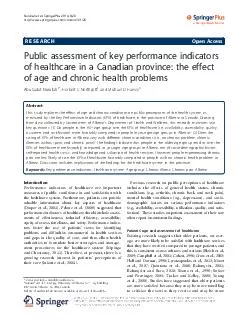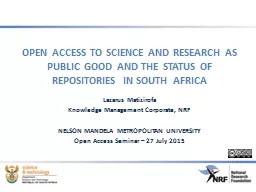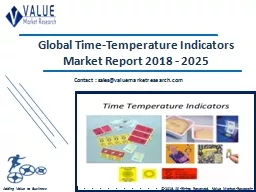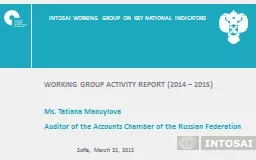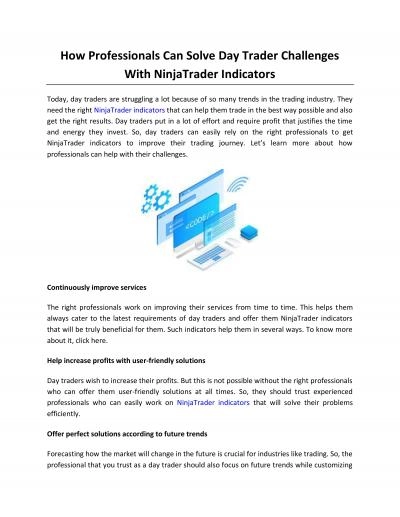PDF-RESEARCH Open Access Public assessment of key performance indicators of healthca
Author : mitsue-stanley | Published Date : 2014-09-30
Drawing from data collected by Government of Alberta s Department of Health and Wellness this research examines two key questions 1 Do people in the 65 age group
Presentation Embed Code
Download Presentation
Download Presentation The PPT/PDF document "RESEARCH Open Access Public assessment o..." is the property of its rightful owner. Permission is granted to download and print the materials on this website for personal, non-commercial use only, and to display it on your personal computer provided you do not modify the materials and that you retain all copyright notices contained in the materials. By downloading content from our website, you accept the terms of this agreement.
RESEARCH Open Access Public assessment of key performance indicators of healthca: Transcript
Download Rules Of Document
"RESEARCH Open Access Public assessment of key performance indicators of healthca"The content belongs to its owner. You may download and print it for personal use, without modification, and keep all copyright notices. By downloading, you agree to these terms.
Related Documents

